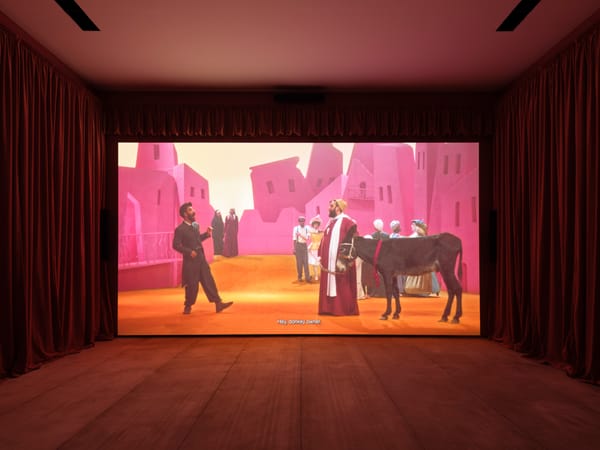Ideas
Gathered Fragments: Revisiting Japan’s Moving Image History
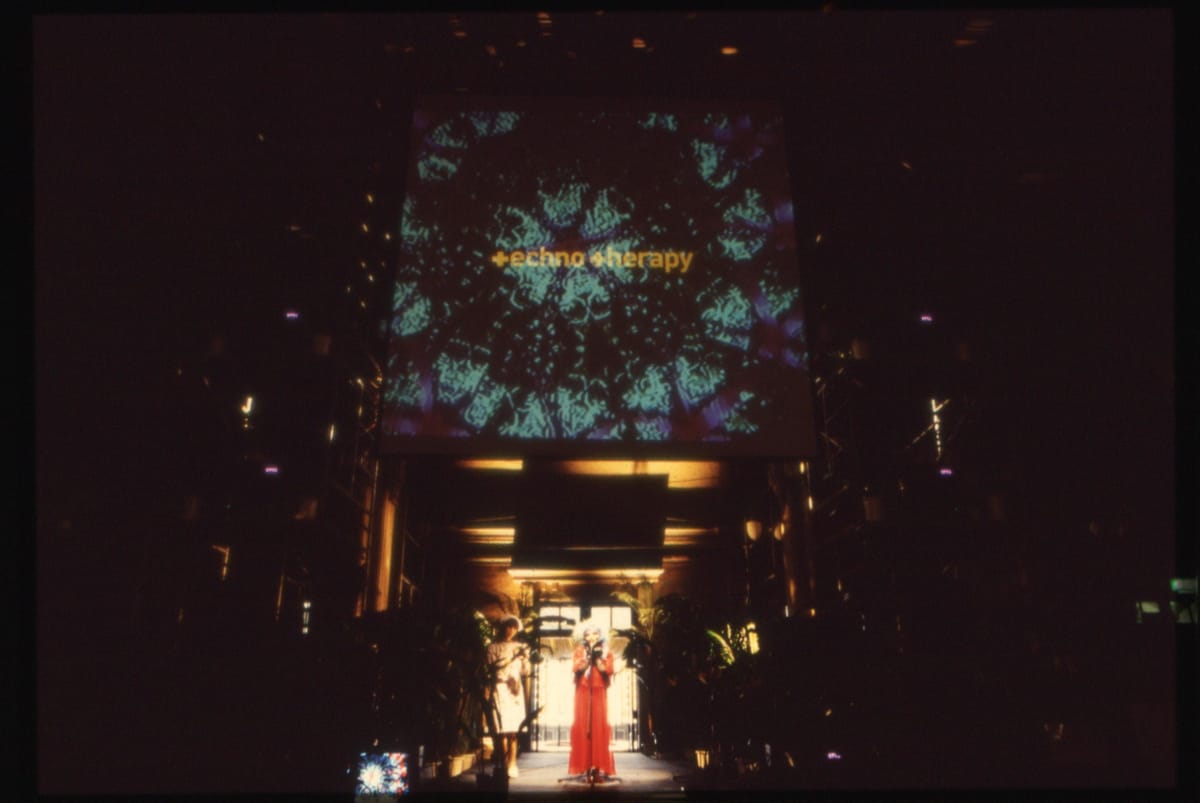
In the 1960s, as Japan’s economy surged from postwar devastation to global prominence, a quiet revolution was unfolding in the arts. The arrival of the Sony Portapak—one of the world’s first portable video cameras—provided artists with an unprecedented tool to interrogate a rapidly changing society. From documenting the avant-garde experiments of the Gutai group, to facilitating new frontiers in experimental film in the 1970s and, more recently, to driving the digital immersive spectacles of teamLab, the moving image has consistently reflected Japan’s evolving relationship with technology and modernity.
This year, as Expo 2025 brings international attention to Japan, Art Osaka’s inaugural Screening Program offers a timely lens on this evolution. Spanning two venues—the stately Osaka City Central Public Hall in Nakanoshima, home to 44 of 63 participating galleries, and Creative Center Osaka in Kitakagaya, where Yoko Ono’s monumental Fly (1963/2025) is among the highlights—the program is set to transform the Grand Theatre into a thoughtful survey of Japanese moving-image art from the 1960s to today.
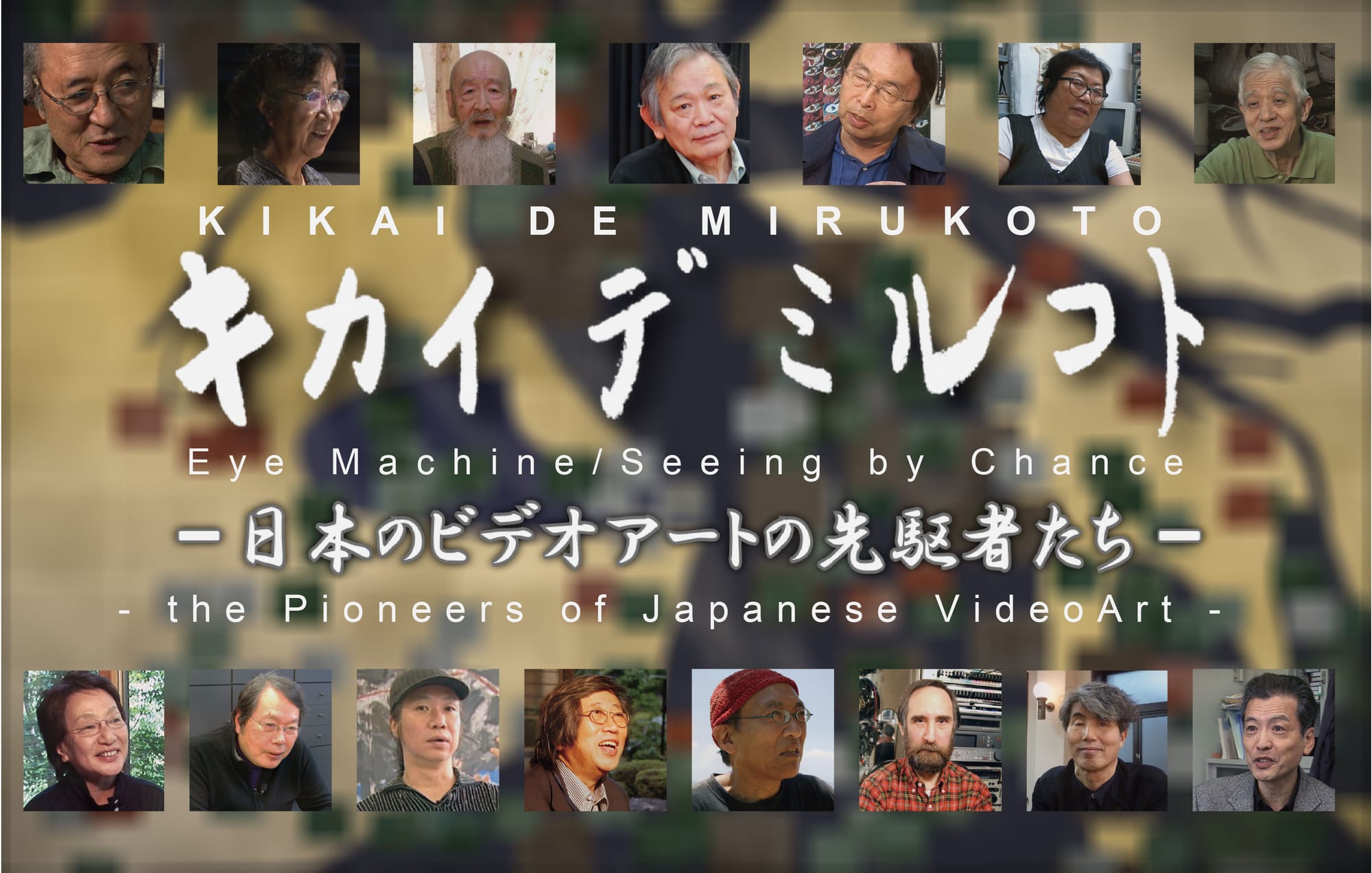
International trailer of KIKAIDE MIRUIKOTO: Eye Machine/To See by Chance—The Pioneers of Japanese, 2012.
The postwar period in Japan sparked a surge of artistic innovation, often led by collectives. Gutai pioneered new forms that embraced impermanence, physicality, and experimentation, while Jikken Kobo fostered collaboration between disciplines, bringing together artists, musicians, engineers, and scientists. Hi-Red Center’s Shelter Plan (1964)—a conceptual performance captured on 16mm film by Motoharu Jonouchi, in which guests were measured and photographed for custom bomb shelters—marked an early integration of moving image into avant-garde practice. Meanwhile, inventive filmmakers such as Takahiko Iimura and Nobuhiko Obayashi, through groups like Film Independents and the Group of Three, fostered open-call screenings that encouraged a diverse range of artists and composers to experiment with film.
The 1970 Osaka Expo crystallized the fusion of art and technology. Corporate pavilions commissioned immersive environments, most famously E.A.T. (Experiments in Art and Technology) and Fujiko Nakaya’s fog sculpture for the Pepsi Pavilion. The introduction of portable video technology, celebrated at the Expo, enabled artists and collectives such as Nakaya, Katsuhiro Yamaguchi, and Video Hiroba to further explore the medium’s potential for social engagement, urban intervention, and civic communication. Nakaya’s Friends of Minamata Victims (1972) documented environmental protest, while Video Hiroba’s urban planning projects in Yokohama used video to mediate between citizens and bureaucrats.
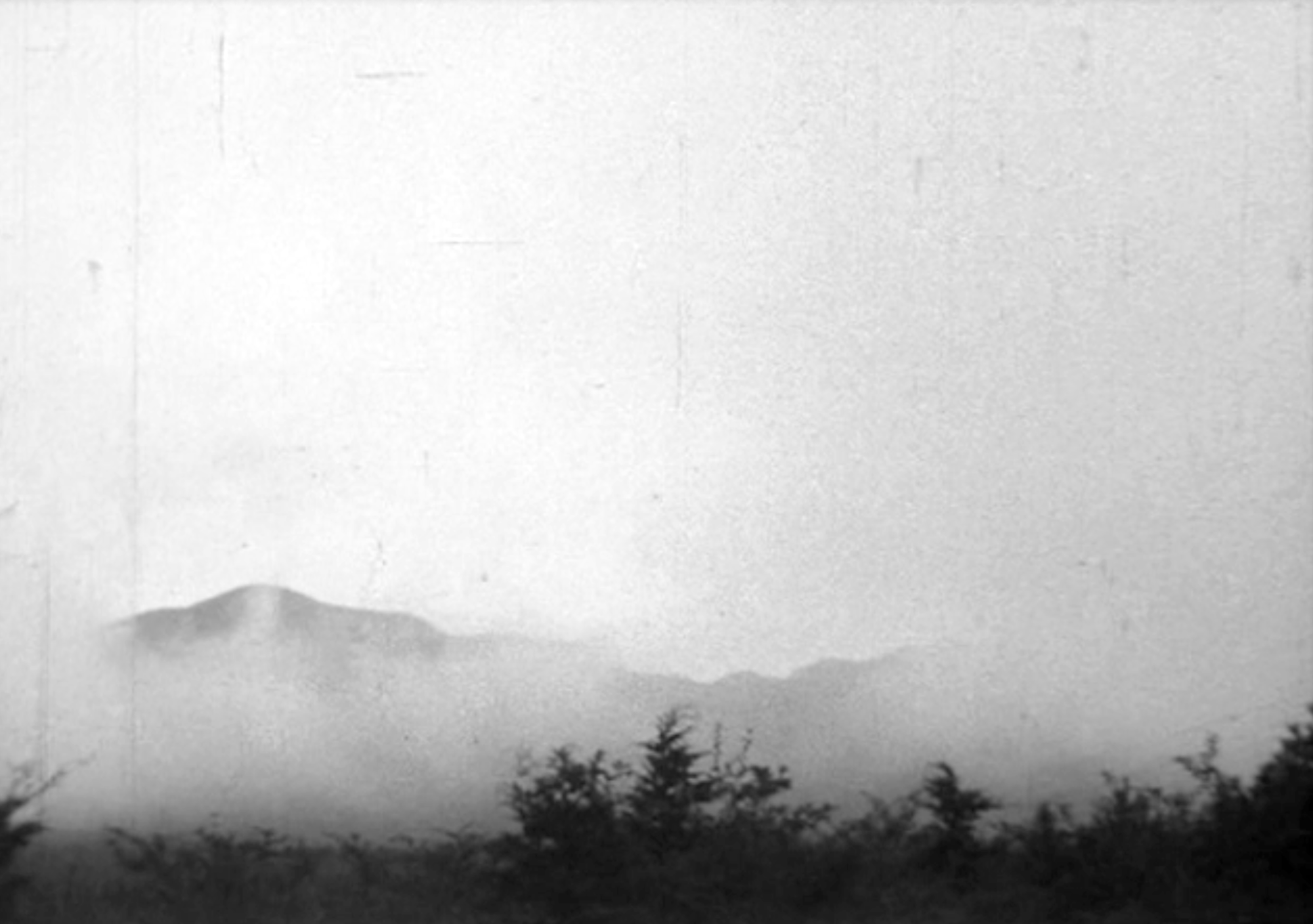
The Screening Program at Art Osaka 2025 promises to bring this history to life, while providing contemporary context. Its first chapter, “To Be Being Seen: Exploring Artistic Expression in Moving Image Works from the 1960s to Today in Japan,” curated by Gen Umezu, will feature daily screenings of Kentaro Taki’s 2012 documentary Kikai de Miru Koto—Pioneers of Japanese Video Art, which delves into the medium’s inception in Japan through interviews and archival footage. The documentary introduces artists such as Yamaguchi and Nakaya, as well as trailblazers like Morihiro Wada, post-Mono-ha figure; Keigo Yamamoto, known for his outdoor performance works in Fukui Prefecture; and Mako Idemitsu, a pioneering feminist video artist.
In tandem with the documentary, Umezu has selected approximately 25 works that span experimental film, video art, and multimedia projects, promising a vivid cross-section of Japan’s wide-ranging moving-image landscape. Among the expected highlights are pieces by sound artist Fujimoto Yukio and performance-oriented painter Hori Kosai—both pivotal figures in the postwar avant-garde—as well as works by contemporary artists like Matsui Chie and Kanemura Osamu. Matsui’s video installations blend performance and narrative, while Kanemura's layered urban imagery explores the complexities of postwar Japanese identity. To further contextualize the country’s legacy with experimental practices, the symposium “To Be Being Seen: Explorations in the Field of the Moving Image,” on June 7, will bring together artists, critics, and scholars for a timely discussion on the ever-changing role of visual culture in Japan.
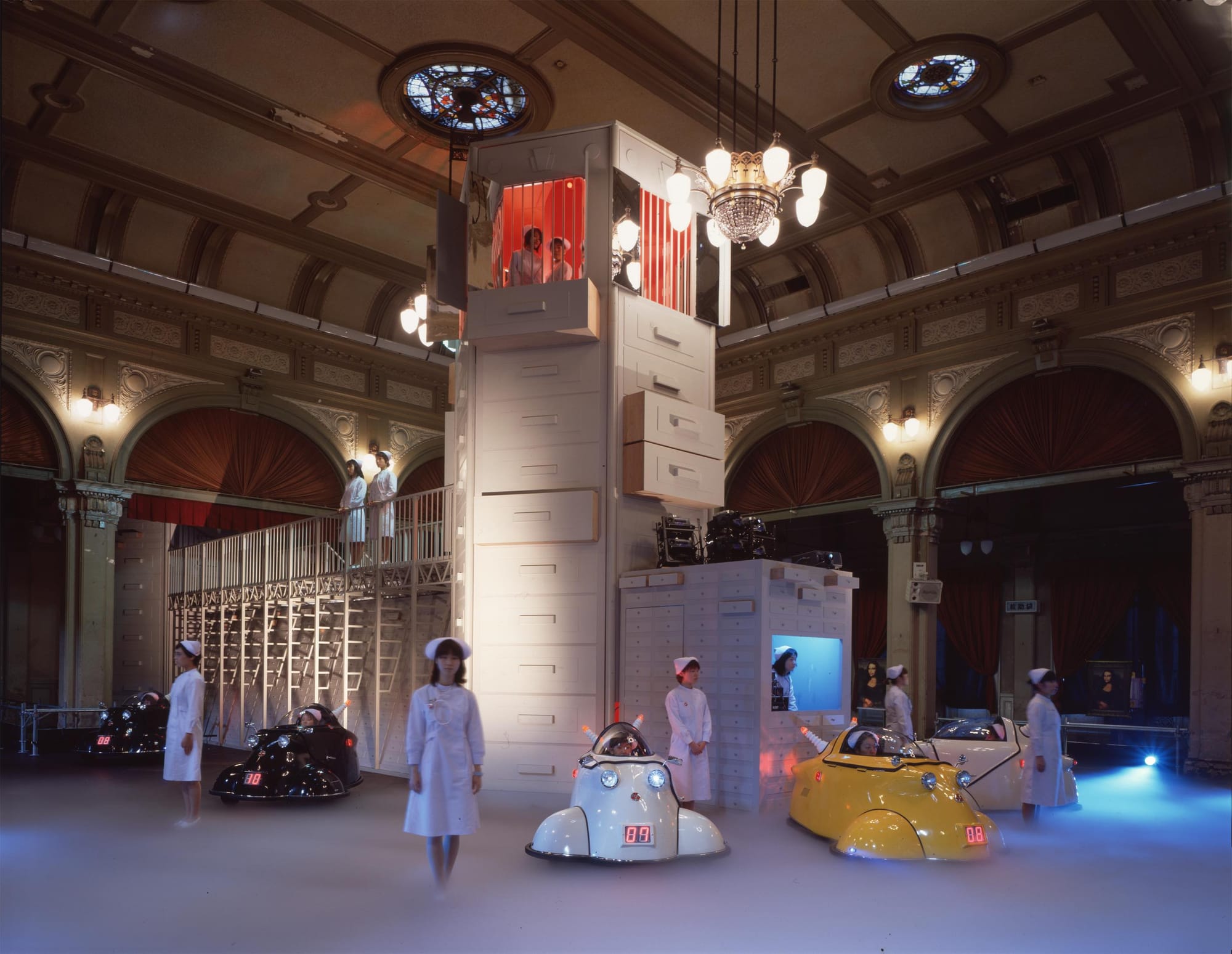
The curated program’s second chapter will revisit Yasumasa Morimura’s groundbreaking Techno Therapy through a documentary, a filmed recording of Morimura’s collaboration with sound artist Masami Tada, and a talk about the origins of the multisensory works by the artist. Originally staged in 1998, Morimura’s ambitious project, self-described as “Art Bath for Mind and Body,” transformed Osaka City Central Public Hall into a labyrinth of immersive art experiences—blending live performance, video, sound, and interactive installations. Echoing both the visionary spirit of the 1960s artists and the technological ambition of the 1970 Osaka Expo, Techno Therapy anticipated the direction of Japanese contemporary art with its distinctly late-20th-century, postmodern sensibility.
Today, Japanese contemporary art is recognized for its technical sophistication and conceptual depth, with artists such as Tatsuo Miyajima and teamLab bringing video and digital media into dialogue with pop culture, tradition, and the global art market. Art Osaka’s Screening Program is a well-timed reminder of how far moving image has come since the days of the Sony Portapak—what began as a means of capturing fleeting gestures and experimental acts became a vital tool for exploring, questioning, and expanding the possibilities of art.
Anna Dickie is a writer and editor based in New Zealand.
